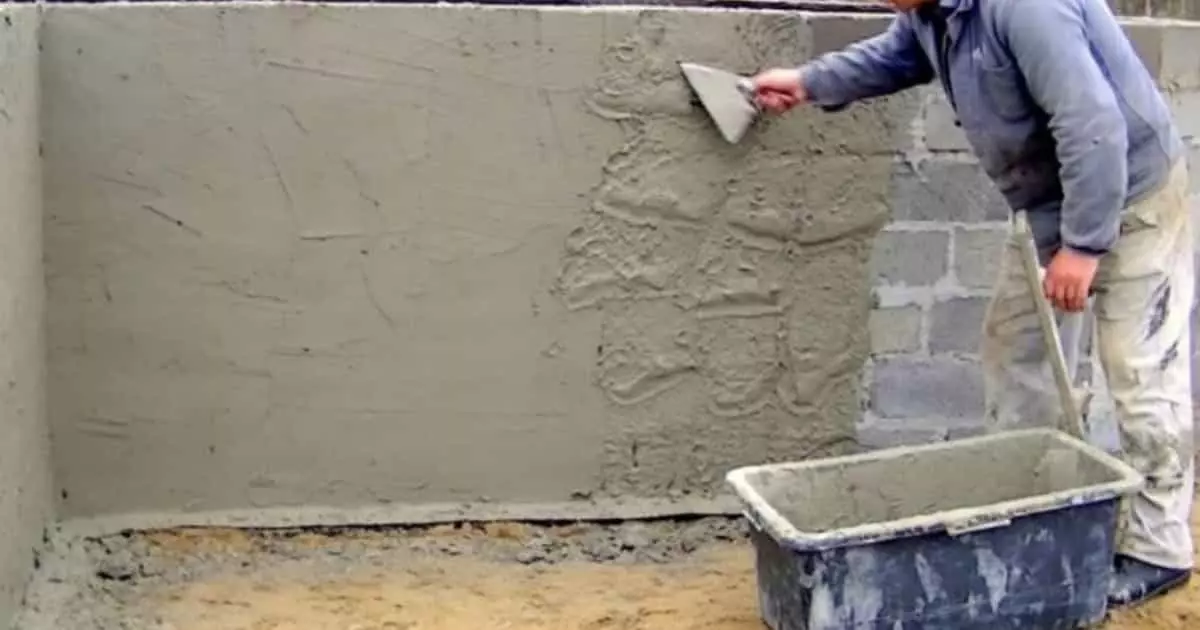Table of Contents
Spatter Dash may be defined as a finish made on stucco by dashing a very thin mixture of cement and coarse sand against a surface of fresh mortar
It simply conveys a rich mixture of Portland cement and coarse sand is thrown onto a background by a scoop, trowel, or other apparatus so as to form a thin, coarse-textured constant coating. As a preliminary treatment, before rendering, it helps in bonding the undercoat to the background, enhances resistance to rain penetration, and smoothes out the suction of varying backgrounds.
In this method, a mixture of coarse sand (8 mm and below) combined with cement in the ratio of 1:1.5 and water equal to 0.5 part by total volume is dashed on the walling in a rough manner. Where sharp sand is hard to accept, crushed hard stone (with fine particles destroyed) can also be utilized.
The water content will range with the type of aggregate. The dry materials must be combined thoroughly & then water is slowly provided. The mixture must be continuously stirred during utilization.
The spatter dash need not protect every part of the surface and it is a benefit if parts of the surface are not protected.

1. Objective of Spatter Dash
The primary purpose is to construct a big number of small humps of mortar so as to construct the surface as irregularly as possible. The thickness of the spatter dash may be limited to 10 mm. On permitting 2 to 3 days with suitable curing; additional work can be carried up. Of all the methods to give a key, the spatter dash method is to be selected in almost all circumstances.
2. Use of Spatter Dash
It is utilized to control rendering and plastering material from sliding or sagging.
The roughness of the spatter dash enhances bonding by delivering a positive “key” for the plaster to grab. The improper use of spatter dash involves the successive bonding of rendering with the substrate.
3. Dash Coat Plaster
Sand + cement + water + (sometimes) a bonding agent. This is thrown (dashed) onto a surface before plastering starts. It is used to provide a key or an even amount of suction for the plastering.
| Read Also: Folded Plate Staircase |

